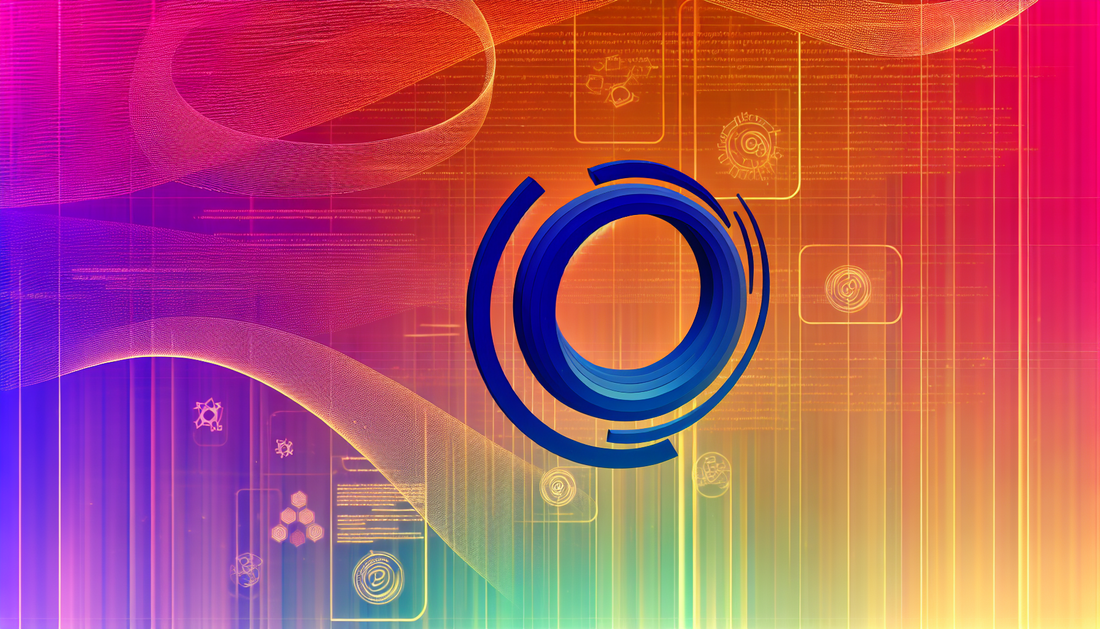
Loopring: The Future of Decentralized Trading
Share
Exploring Loopring (LRC): A Data-Driven Look at a DeFi Innovator
Loopring (LRC) has gained significant attention as a decentralized protocol designed to create and operate non-custodial, order book-based exchanges on Ethereum by employing zero-knowledge proofs. As an open protocol, Loopring ensures security and liquidity, allowing anyone to build high-performance, low-cost decentralized exchanges. This article delves into the data-driven aspects that underlie Loopring's ecosystem.
Harnessing ZK-Rollups for Efficient Trading
Loopring leverages zk-rollups to process transactions off-chain, thereby significantly cutting down costs associated with Ethereum's on-chain processing. By collecting multiple transactions into a single one and generating a cryptographic proof (a zk-proof), Loopring achieves enhanced scalability. This method addresses Ethereum's congestion issues and enhances transaction throughput, providing a promising solution for decentralized finance (DeFi) applications.
Decentralization and Data Security
One of the core promises of Loopring is non-custodial trading, which inherently offers a higher degree of data security compared to centralized exchanges. Data privacy is preserved through the use of zero-knowledge proofs, which ensure data confidentiality while validating transactions. This emphasis on decentralization aligns with Loopring's goal of democratizing trading and reducing third-party risks.
Analyzing Activity and Protocol Performance
Loopring's activity and usage statistics provide insights into its adoption and performance. Metrics such as daily trading volumes, the number of active users, and liquidity provider engagement highlight the protocol's growth trajectory. Loopring's infrastructure enables faster settlement times and lower transaction fees, which remain key attractiveness points for both developers and traders alike.
Community and Governance
Community engagement and governance play pivotal roles in Loopring's ecosystem. Decentralized governance models empower LRC token holders in protocol decisions, enhancing community-driven development. These governance mechanisms ensure transparency and align loopring's direction with user interests. This decentralized approach can be compared to governance structures found in [various DeFi ecosystems](https://bestdapps.com/blogs/news/unpacking-strk-tokenomics-key-insights-revealed), fostering more resilient and inclusive financial systems.
Challenges and Future Directions
Despite its innovative design and robust data handling capabilities, Loopring faces competition from other scaling solutions within the Ethereum ecosystem. Maintaining competitiveness requires continuous development and addressing challenges such as blockchain congestion and improving user experience. As DeFi continues to grow, Loopring's data-driven innovation remains crucial in shaping the future landscape of decentralized exchanges.
For those interested in exploring Loopring's technical aspects and comprehensive data insights, registration for further updates is available on major platforms like Binance through this referral link, bringing users closer to the evolving world of decentralized finance.
